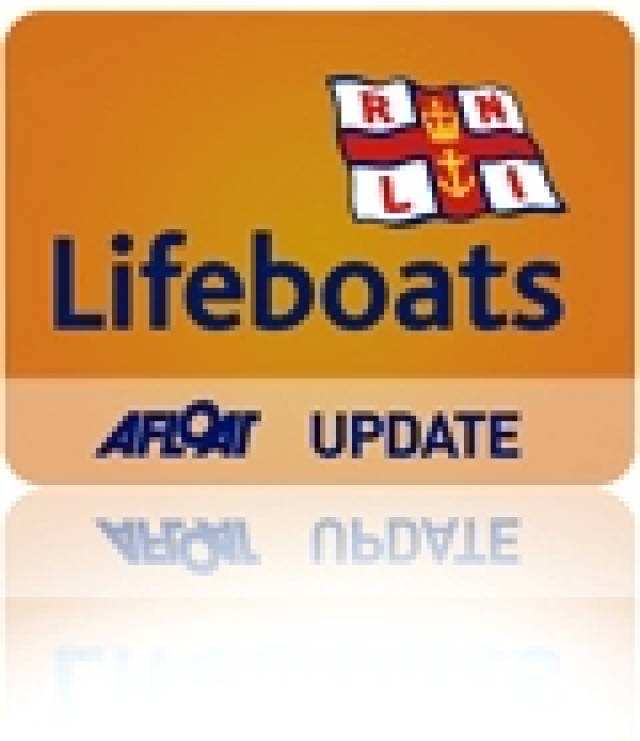#lifeboat – Four people have been rescued by Red Bay and Larne RNLI this evening (Tuesday 25 August) after they made a Mayday call when their 32ft yacht was in danger of being dismasted and its sail was blowing out of control in rough weather conditions.
Volunteers from Red Bay RNLI were requested to launch their inshore lifeboat at 5.20pm following a Mayday call to Belfast Coastguard that a yacht was in difficulty at Torr Head off the north Antrim Coast.
The lifeboat helmed by Paddy McLaughlin made its way to the scene in Force Six weather conditions amid a heavy three metre swell.
The yacht was on passage from Scotland to Bangor when it got into difficulty.
Once on scene, Red Bay RNLI immediately put two crew members onboard the yacht to provide assistance. In challenging weather conditions where the sail was blowing out of control and the yacht was broaching in heavy seas, crew members Charles Stewart and Conor McLaughlin worked to cut away the rigging and make the yacht safe.
Due to the adverse weather conditions, Red Bay RNLI requested the assistance of Larne RNLI which launched at 6pm under Coxswain Frank Healy. Rathlin Ferry meanwhile, stood by.
Once the yacht was made safe and the waters were calmer, Red Bay RNLI proceeded to escort the vessel towards Garron Point where it was met by Larne RNLI's all-weather lifeboat.
Larne RNLI proceeded to escort the yacht to Glenarm Marina.
Speaking following the call out, Red Bay RNLI Helm Paddy McLaughlin said: 'This was a particularly challenging call out this evening given the weather conditions and the fact that the yacht's sail was flapping so dangerously. Thankfully, our crew who are highly trained and skilled were able to cut the rigging and make the yacht safe. The four people onboard the yacht are now returned to dry land where they are safe and well.'
































































